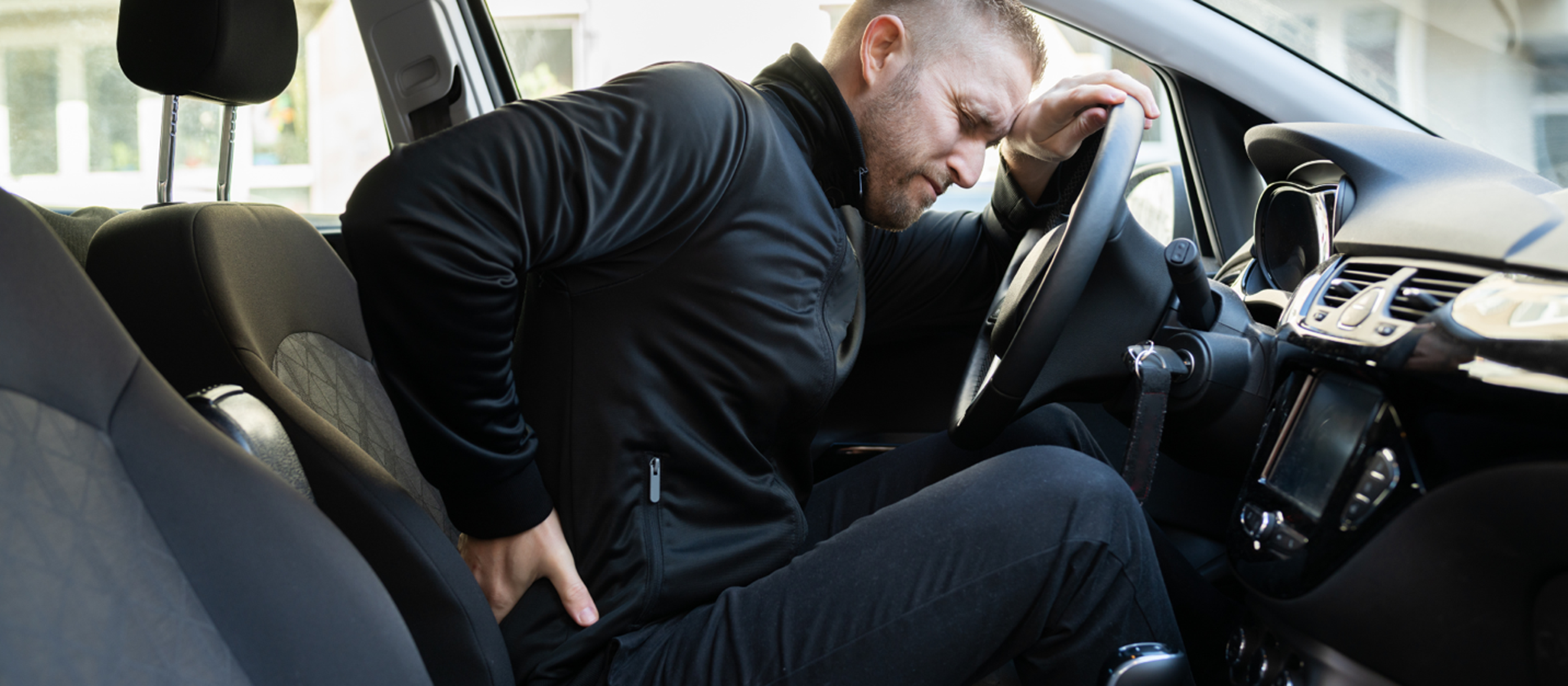The Sedentary Work Challenge. We sit...and we sit...and we sit.
Whether you work at the office or remotely, we all suffer from a common dilemma – too much sitting. In the age of working and communicating primarily on our computers, most of us find ourselves spending massive amounts of time seated in our workspaces. Unfortunately, this prolonged sedentary lifestyle can lead to a good deal of pain and discomfort in your lower back. Today we will dive into this challenging issue.
The good news is that with some intentionality and education, there is hope for you and your aching back. By taking steps to increa se your awareness of the problem, you can do much to alleviate your pain and make progress towards addressing your back troubles.
Understanding the fundamental issue: Posture Matters
Imagine your spine as the central shaft of your body, supporting your every move. When we spend hours seated with poor posture, our spine will inevitably start to suffer. The reason for this distress is because your lower back, or lumbar region, is particularly vulnerable due to its natural curve. Slouching, hunching, or leaning forward while sitting for long periods of time can lead to stress on the spinal discs and surrounding muscles. This is the primary cause of that dreaded lower back pain.
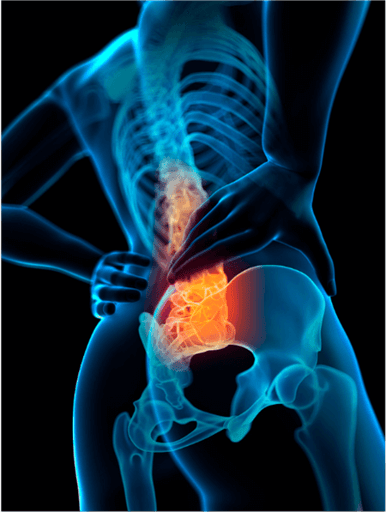
Why is it so hard to sit well?
Baseline Posture- Our bodies adapt to the positions we are in most of the time. If I am sitting in a slouched posture most of the time, the muscles on the back side of my body become stretched and weak, and the muscles on the front side of my body become tight and weak. With this muscle imbalance, it feels difficult and unnatural to sit in an upright position.
Laziness- Our bodies are smart. When we put them in positions that require effort and muscle engagement to maintain (aka upright posture) they will inevitably seek comfort and ease (aka slouching). Rather than maintaining a neutral pelvis, which requires muscle engagement, the pelvis collapses and rolls back, resulting in a “C” shaped posture.
Lack of Support- One of the biggest factors that keeps us from sitting well is lack of support from the chairs we sit in. Most chairs we sit in have a single plane back with lumbar support. Unfortunately, lumbar support doesn’t keep us from slouching. Rather it’s like supporting a tall building (the spine) at the 5th floor. The support needs to be lower, at the pelvis, and most chairs simply don’t offer that support.
Ergonomic Solutions: The Road to Back Pain Relief
Invest in Quality Seating: Do your homework when researching the purchase of your next office chair. A chair that produces good posture by providing optimal pelvis support is optimal. A commonly held thought is that the key to a quality office chair is proper lumbar support, but on the contrary, studies have shown that pelvis support is key.1 This design strengthens the very foundation of your spine and helps maintain its natural curvature, thus alleviating pressure on the lower back.
Prioritize Adjustability: The one-size-fits-all approach doesn't always work. Choose a chair with adjustable features such as seat height, backrest angle and armrest height. These adjustments allow you to tailor the chair to your unique body dimensions, promoting a healthier sitting posture.
Keep an Organized Workspace: Arrange your desk to encourage good posture. Make sure your monitor is at eye level and place your keyboard and mouse within comfortable reach. Finally, make sure your feet are flat on the ground or on a footrest.
Stand Up: Making time to take short breaks is crucial. Establish healthy patterns by incorporating some movement into your work routine. Set a timer to remind yourself to stand up, stretch, and take a brief walk. Simple stretches like gentle backward bends, seated twists, and hip flexor stretches can help offset the stiffness caused by sitting.
Exercise: Working on undoing the muscle imbalances from years of slouching requires some effort. Consider stretches that can loosen the tight muscles on the front side of your body and exercises that strengthen the weak, lengthened muscles on the back side of your body.
GuidebookThe Takeaway: Make your back health a priority.
The battle against lower back pain is not insurmountable. By selecting the right office chair, maintaining good posture, and taking time to incorporate regular movement into your routine, you can ease the persistent aches which result from prolonged sitting.
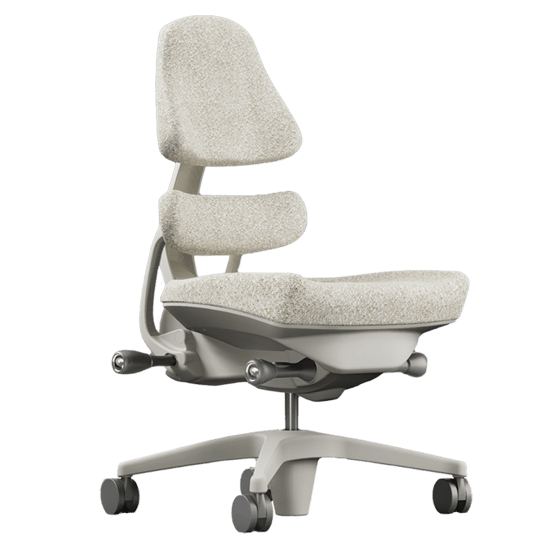
If you are looking to improve posture and decrease pain while sitting, look no further than Anthros.
Anthros is the only chair in the world that is guaranteed to improve posture or your money back. The science-backed, patented design is registered with the FDA as a posture-improving chair and is proven to have the lowest pressure (most comfortable) cushion on the planet (verified by university testing).
Take the next step to reducing pain, increasing comfort, and maximizing performance!
Reference:
- Dowell, W. Gscheidle, G., and Walker, B. (2003). “Importance of Chair Designs that Support the Lower Back.”
Recent Post
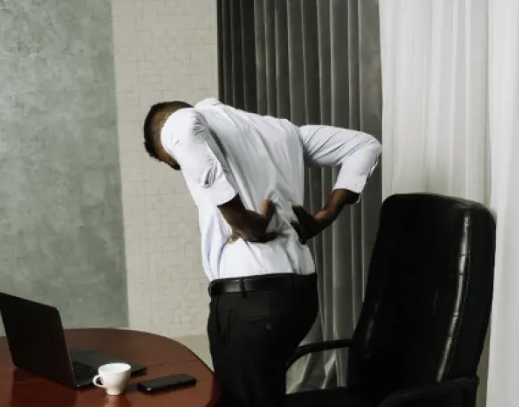
Exercises to Avoid With a Herniated Disc
March 6, 2025A herniated disc can put a serious damper on...

Gentle Back Exercises for Lower Back Pain & Herniated Discs
February 17, 2025Adding a cushion to your office or gaming chair...
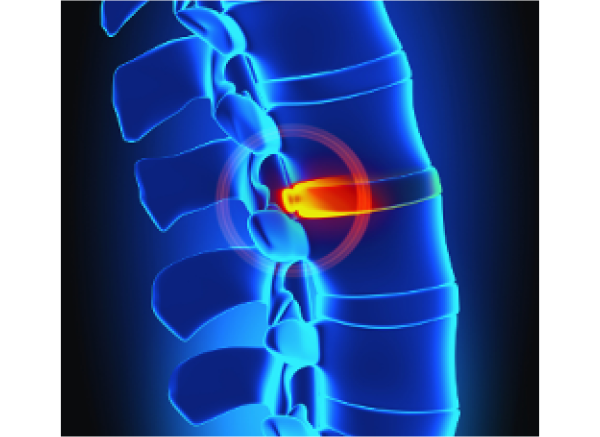
Bulging Disc vs. Herniated Disc:
February 5, 2025Adding a cushion to your office or gaming chair...






